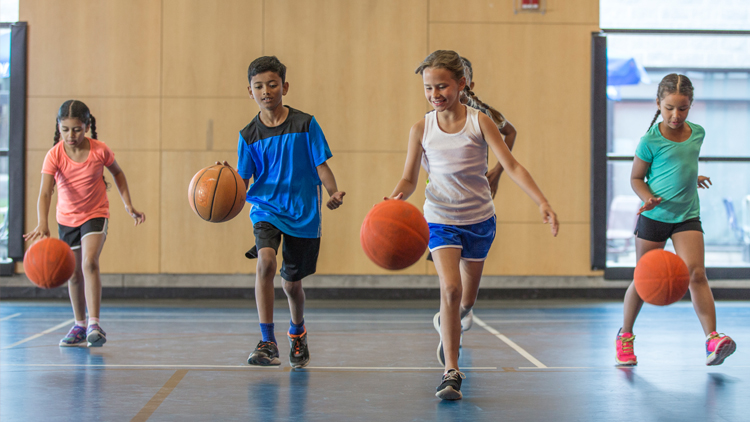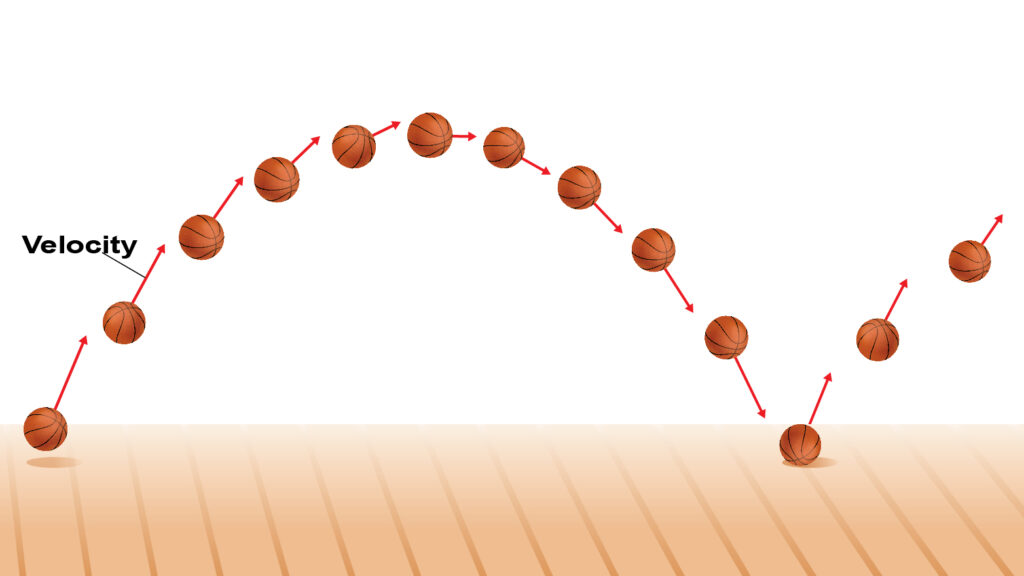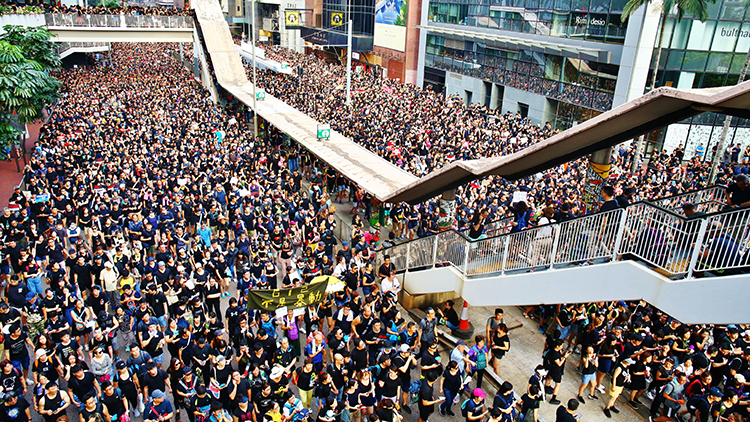
It’s time for March Madness in the world of college basketball! Do you enjoy sports and competition? Watching March Madness probably makes you want to grab a basketball and play with your friends. Did you know that many of the skills you need to play basketball have to do with science? Dribbling and passing the ball depend on forces and the laws of motion.
Basketballs bounce because they are filled with air. The amount of air, or air pressure, in the ball affects dribbling and passing. The higher the air pressure, the higher the ball will bounce. The lower the air pressure, the flatter the ball. Have you ever tried to bounce a flat ball? What happens?

A bouncing ball has a motion path. The path begins when the ball is pushed, or when it drops to the ground. It is pulled by gravity and has potential energy. When it hits the ground, the potential energy becomes kinetic energy. The kinetic energy puts the ball in motion. A basketball will continue to bounce up and down until it loses its energy. This is called Newton’s third law of motion; for every action, there is an equal and opposite reaction. Motion and energy are big parts of the game of basketball!
What Do You Think? How does the way you pass the ball change if the air pressure inside the ball is too low?
Reading Response Click on this link to respond to your reading. Print out the response page or upload it to your classroom site.
Photo Credit: (t)FatCamera/E+/Getty Images, (b) McGraw Hill



